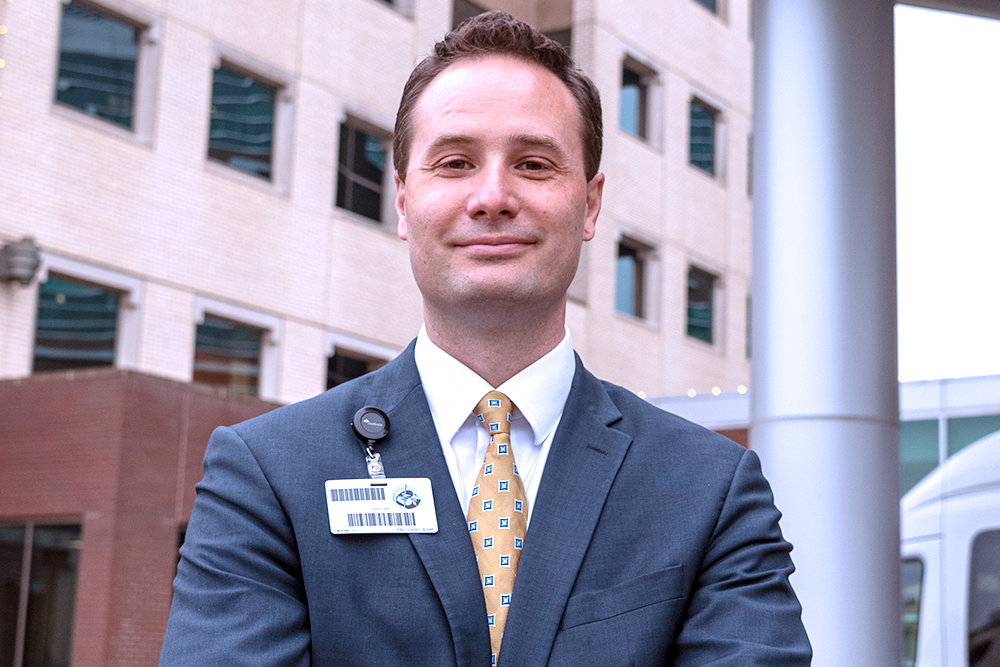YOUR BUSINESS AUTHORITY
Springfield, MO
YOUR BUSINESS AUTHORITY
Springfield, MO

Buetow’s 2023 projection
Increasing pressures on finance, workforce and supply chains will continue this year. At the same time, a reinvestment in our people and the technologies that we utilize is a must.
As we attempt to put the COVID-19 pandemic more in the rearview, what’s been the impact on the industry’s workforce, as far as turnover and hiring challenges?
The pandemic, in the short-term, has had a lot of people burn out. We’ve seen people leave the workforce earlier than would have otherwise, or we’ve seen people that actually hung in there through the pandemic longer than they would have. So, you’re seeing a compounding of the exodus of people in health care. There are people that entered the workforce and also saw that health care is really difficult, so probably made career decisions to go elsewhere. Clinical is tough. If you look at the level of expertise and time it takes to become a physician, I do believe firmly that the strength of the health system is almost entirely dependent on the strength of your medical staff. Those organizations that do really well in the future will be those that are able to attract and retain top physician talent, top nursing talent.
Local health systems have invested heavily in clinics across the region, as CoxHealth, Citizens Memorial Hospital and Mercy Springfield Communities have combined to spend over $60 million in the past two years on new clinic construction or upgrades. What is the importance of those investments to this area?
It’s really important that health care continue to be, No. 1, more accessible and, No. 2, be at a price point people can afford. When you look at where things are shifting across the industry, they are moving out of hospitals. It’s where the most expensive health care is provided. For many people, that’s the best they can possibly get, and we’ll never be out of the business where we don’t have hospitals. But there’s so much more care we can provide in an ambulatory setting, like a clinic at a lower cost point with greater access. I’ve been very excited to see all of our health care systems across the region invest in those settings. More surgical cases are being performed outside of the traditional hallways of our hospitals. That’s probably one of the bigger paradigm shifts. We’ve seen about a 4% growth across industry in outpatient surgery cases, which is an accomplishment considering the fact that the highest volume of nonsurgical cases are also performed in an outpatient setting already. Where you’re seeing a shrinking of those cases – at just under 12% – is of those things that are being done inside of the traditional surgical suites and inpatient setting.
With the rise in inflation this past year, is there a concern that cost-of-living expenses are causing or will lead to some people delaying routine and preventive care? Why is this significant to patients and the health care system?
That’s one of the pieces of the pandemic that we’ve seen now in the aftermath. People, for whatever reason, didn’t want to come in for health care during the pandemic. So, they’ve sat on their health care needs. Many of our physicians will tell me about the patient who was a well-controlled diabetic who is now coming in as a complete train wreck and they are having to start all over. The cost of care to individuals, when you’ve gone from maintenance to now reaction or emergency mode, is incredible. The highest spend in our health care settings are when you move to that emergency department or when you’re having to be hospitalized in the critical care unit. Whether there be a fear of coming to the hospital and catching COVID, as we saw with the pandemic, or because there are financial constraints, inflation kind of puts a strap on people’s resources. That’s difficult. We don’t ever want financial means to be a deterrent for someone to come have their health care taken care of.
Plaza Shopping Center gained an arcade with the March 1 opening of The Flying Lap LLC; the repurposing of space operated by Burrell Behavioral Health resulted in the March 18 opening of the company’s second autism center; and a group of downtown business owners teamed up to reopen J.O.B. Public House.